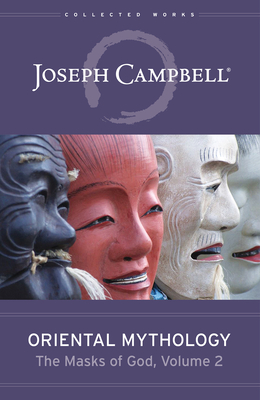I read Blake Snyder's Save the Cat: The Last Book on Screenwriting You'll Ever Need a few years ago because I was just getting back into screenwriting after having had an interest in it when I was younger, and it seemed like that was one of the primary books that was recommended. It wasn't the only book I read on screenwriting at the time, but I did find it to be particularly user-friendly and understandable when it comes to story structure in a screenplay. Of course, the book hasn't been without its share of detractors claiming that it's formulaic and even that it destroyed Hollywood movies because so many screenwriters started adopting it. But rather than being formulaic, Snyder's structure acts as a fairly loose blueprint to help you craft a compelling story for the screen. It's more like a playground with wide boundaries for screenwriters to play in, giving a lot of freedom of choice within the framework. I've written two screenplays of my own, and for both, I outlined first using Blake Snyder's Beat Sheet from Save the Cat.
Though Save the Cat itself is a great book, many writers have had questions throughout the years on how to implement its concepts. The answer to that is Jamie Nash's new book Save the Cat Beat Sheet Workbook. This is honestly the Save the Cat book I've been waiting for. I've read every Save the Cat book since the original and have enjoyed how the authors have analyzed film and television using the STC method. But I have struggled at times with how to handle things like Snyder's "fun and games" beat and how to develop realistic characters.
Save the Cat Beat Sheet Workbook is a creativity-generating workbook like I've never come across. Jamie Nash helps you to dig into who you are as a writer before helping you to come up with not just one but many potential story ideas before getting you to focus on one. There's even an element of "Choose Your Own Adventure" to it in that you can choose the path of an Inside Out approach to planning your story or an Outside In approach. Either way, you'll learn how to develop a solid plot and a cast of characters to inhabit your story.
The book is designed as a workbook for planning and writing one story, so for someone like me who struggles with writing in books and wanting to be able to use this more than once, I'm working through the pages in a separate notebook, but it's a highly valuable tool for generating ideas not only for stories but for scenes and characters as well.
Save the Cat Beat Sheet Workbook is the perfect companion to Blake Snyder's original Save the Cat.
Note: A copy of this book was provided by the publisher for review. The book can be purchased on Amazon (affiliate link).






